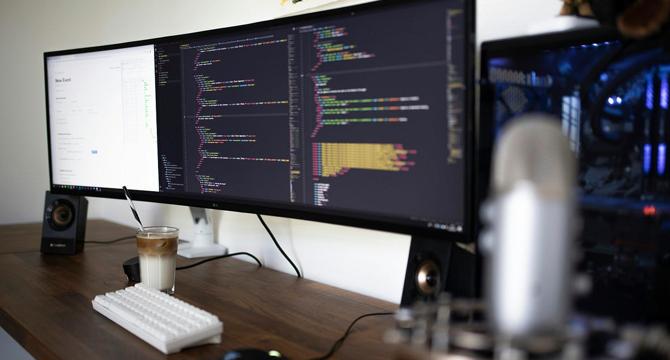Medium
1M
86

Image Credit: Medium
Model-View-Tool (MVT): A New Architecture for Agent-Powered Web Apps
- The Model-View-Tool (MVT) architecture is proposed as a new approach for web applications, emphasizing the separation of concerns: data, presentation, and logic.
- Initially, websites followed a structured hierarchy with clear navigation bars and content areas, aligning with the MVC model that handled input, data, and presentation.
- With the rise of Large Language Models (LLMs), user interaction has shifted towards input-based interactions, prompting a need for new design paradigms like MVT.
- MVT introduces the concept of an agent handling user prompts and directing requests to Tools that bridge the gap between Model and View.
- The seamless experience in MVT involves users directly inputting requests, which are intelligently processed by the agent to fetch relevant information.
- This new architecture minimizes complex navigation and distractions, delivering requested content immediately and adapting to user preferences over time.
- Users are increasingly valuing personalized and efficient interactions on the web, which the MVT framework aims to facilitate through responsive and user-centric design.
- Agents are expected to play a central role in enhancing user experiences by guiding users effectively, focusing on user needs, and streamlining interactions.
- The MVT model aligns with the evolving user expectations of natural language interactions over menu-driven navigation, simplifying interfaces and enhancing user satisfaction.
Read Full Article
5 Likes
For uninterrupted reading, download the app